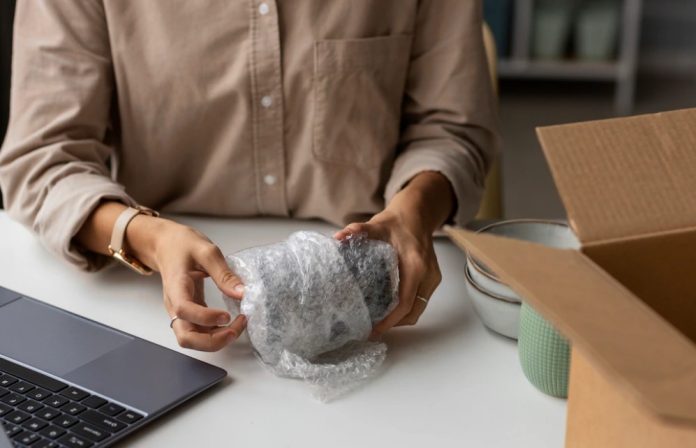Gone are those days when plastic packaging was one of the few choices we had to pack and ship our products. Neither of these options was safe, nor were they eco-friendly. Today, we are experiencing how plastic and other non-environmental-friendly packaging have destroyed the planet. We have seen its consequences for both land and marine creatures. However, the packaging industry has come a long way in providing durable and sustainable packaging materials. As the world becomes more eco-conscious, this industry increasingly demands sustainable practices.
In recent years, we have seen a sudden shift towards eco-friendly packaging options driven by customer awareness and government regulations. Businesses are not obligated to reduce their carbon footprint and waste generation. As a result, sustainable materials and practices have emerged that prioritize recyclability, biodegradability, and reduced resource consumption. This article provides an overview of sustainability in the packaging industry and dive into what the future holds for this industry.
Trends: The Use of More Sustainable Packaging Materials
There is no denying that the packaging industry has long been a major contributor to producing packaging waste, with plastic waste being the main player. However, recent advances in sustainable packaging materials create hope for a more eco-friendly future. From packaging made from plant-based sources to sustainable materials like cardboard, kraft paper, and paperboard, these materials reduce waste and minimize the carbon footprint of packaging.
One trend that is emerging is the use of sustainable materials. Today, almost every business uses cardboard packaging or orders custom kraft boxes in bulk to save money and the environment. Unlike traditional plastics, these materials can be composted or broken down naturally, posing no threat to the planet. Another trend in sustainable packaging materials is using bioplastics derived from renewable resources. Bioplastics emit fewer greenhouse gasses during production compared to their counterparts.
Innovations: Technology-Driven Solutions for Sustainable Packaging
One such industry that is looking for innovations is the packaging industry. With a focus on reducing waste and carbon footprint, businesses are implementing different solutions to address the future of sustainability in this sector.
The future of sustainability in the packaging industry is based on technological advancements to produce eco-friendly packaging solutions. Companies invest in research and development to create biodegradable and compostable materials, just like mobile container trucks from onit direct. They are also exploring options like plant-based plastics and paper-based packaging. These innovative materials are durable, customizable, and break down naturally without harming the environment.
Challenges: Balancing Sustainability with Cost and Functionality
As the packaging industry continues to evolve, one of the major challenges it faces is finding the balance between sustainability, cost, and functionality. The future of sustainability in this industry looks promising but faces difficulties that must be overcome. With growing consumer demand, companies are pressured to adopt sustainable practices while keeping costs low and packaging functional.
One of the key challenges in achieving sustainability in packaging is finding eco-friendly and cost-effective materials. While many sustainable alternatives, such as biodegradable plastics or recycled materials, are available today, they are more expensive than traditional packaging options. It makes it difficult for businesses to add sustainable packaging without significantly impacting their bottom line. In this regard, cardboard and paper-based packaging has become a top choice for all types of businesses as it is affordable and can be customized at wholesale rates.
Future Viewpoint: Possible Impact of Sustainability on the Industry
The packaging industry is experiencing a major shift as sustainability becomes a key focus. This shift is driven by customer demand for eco-friendly products and the need to comply with legal regulations to reduce waste and carbon emissions. One of the main factors driving this change is the growing awareness among consumers about the impact of packaging materials on the environment.
Many consumers prefer to buy products that are packaged sustainably. It has led to an increase in demand for eco-friendly packaging solutions, forcing companies in the industry to reconsider their processes and develop more sustainable alternatives. Furthermore, governments worldwide have implemented new policies and regulations to tackle plastic waste and promote sustainability in various industries.




































